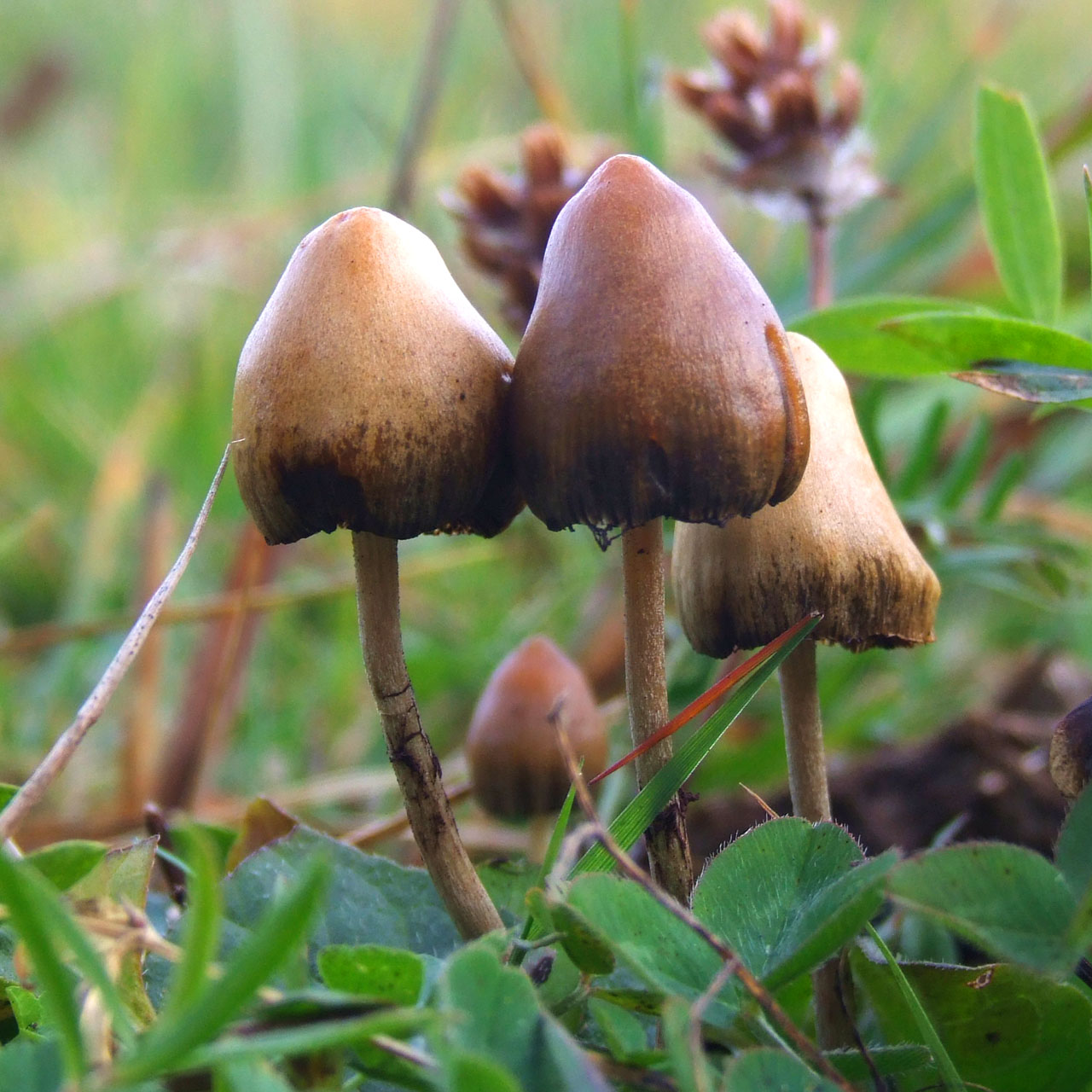The following is a news story from the NRC Research Press titled “Family matters: Evolutionary relationships among species of “magic” mushrooms shed new light on fungi”:
“Magic” mushrooms are well known for their hallucinogenic properties. Until now, less has been known about their evolutionary development and how they should be classified in the fungal Tree of Life. New research helps uncover the evolutionary past of a fascinating fungi that has wide recreational use and is currently under investigation for a variety of medicinal applications.
In the 19th century, the discovery of hallucinogenic mushrooms prompted research into the mushrooms’ taxonomy, biochemistry, and historical usage. Gastón Guzmán, a world authority on the genus Psilocybe, began studying its taxonomy in the 1950s. In 1983, these studies culminated in a monograph, which is currently being updated as a team of researchers from the University of Guadalajara and the University of Tennessee collaborate with Guzmán to produce a hypothesis on how these mushrooms evolved. Some of their latest research is now published in the journal Botany.
Using new molecular and computational techniques, the team has produced the first multi-gene evaluation of the evolutionary development of Psilocybe, which constitutes a major step in classifying and naming “magic” mushrooms. Earlier work showed that species of Psilocybe did not commonly descend from a single ancestor. As a result, the hallucinogenic species (the genus Psilocybe) were typically separated from their non-hallucinogenic relatives (the genus Deconica). But this new work now places the two separate monophyletic — meaning developed from a single ancestor — groups into different families. Within Psilocybe (family Hymenogastraceae) and Deconica (family Strophariaceae s.str), the authors have discovered several strong infrageneric relationships.
According to the authors, their analysis of various morphological traits of the mushrooms suggests that these typically weren’t acquired through a most recent common ancestor and must have evolved independently or undergone several evolutionary losses, probably for ecological reasons. Nevertheless, species of Psilocybe are united to some degree because they have the psychedelic compound psilocybin and other secondary metabolites, or products of metabolism. The authors say that former Psilocybe species that lack these secondary metabolites could also be found in Deconica.
The paper, titled “Phylogenetic inference and trait evolution of the psychedelic mushroom genus Psilocybe sensu lato (Agaricales),” was published today in the journal Botany. DOI: dx.doi.org/10.1139/cjb-2013-007.



